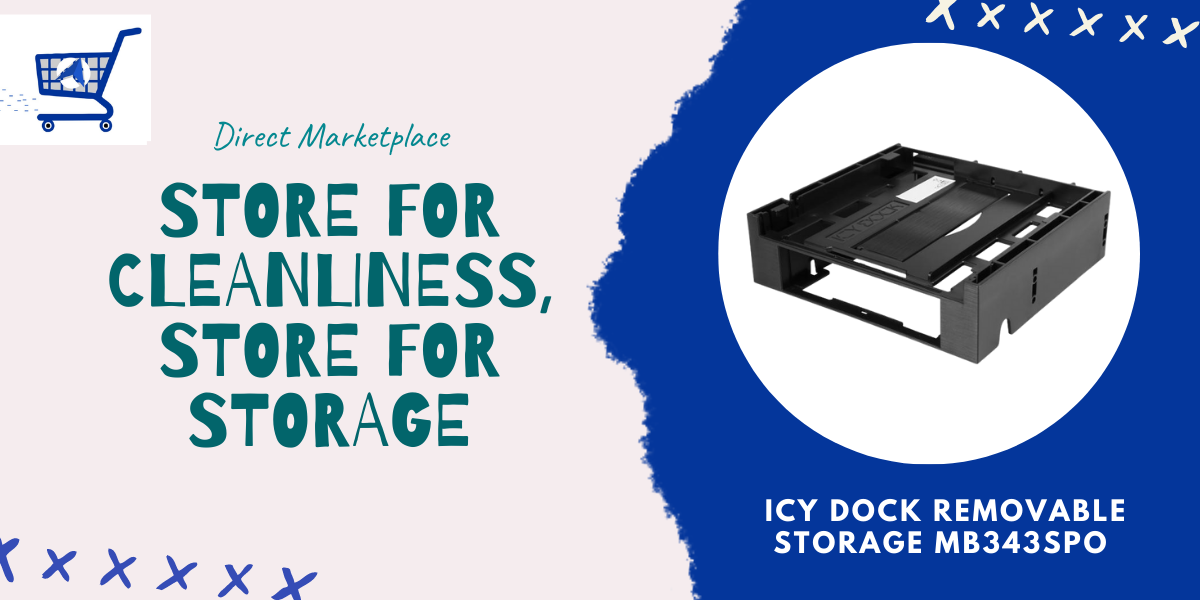The makeshift to WFH (work from home) lexicon forced businesses to make equally rapid communication tools to help employees stay productive and collaborative. McKinsey’s analysis on “The Normal Next” reports that the Covid-19 crisis has created an imperative for organizations to re-configure their operations. As a result, companies are implementing streamlined internal communication tools for employees to work together regardless of location or device with remote work here to stay.
The best intranet platforms in the workplace include cloud-based technology that is easy to scale, communications so workers don’t flip between applications. In addition, tools like Microsoft VIVA, Powell 365, and VALO intranet suite provide SMBs infinite flexibility when leveraged effectively. As for the changing working landscape, here are some factors to consider when picking your business intranet tools.
Access to myriad devices
An organization has many employees responsible for different roles. While There are some desk-based workers, other customers work in production lines, warehouses, and more. Your intranet platforms need to serve different types of work, and so access on cellular devices, tablets, and shared computers is fundamental in Communication tools.
Democratic features
There are no shady third-party apps or access issues with effective communication tools where everyone has an equal part to play. You can choose how you interact with the democratically structured platforms. It’s an online office for in-house workers, remote staff, and customer-facing employees. The abundance of use is the ideal place to pivot all internal operations.
Collaborative Communication
An intranet solution is designed to connect with colleagues- wherever and whenever. According to the Harvard Business Review, today’s employees spend nearly 80% of their time on collaborative activities and internal communications. Therefore, we recommend integrating a system to send out new policies, promote new social events, important news, and be receptive to information.
There are casual exchanges and funny banter among employees, and a successful workplace encourages this. Moreover, these conversations spur good ideas and a resilient, open work culture.
One source information
The virtual workplace can be confusing with neglected file depository, unopened notifications, and more. With staff taking leaves, opaque administration or policies and other essential information can be replaced, tampered with, or replicated. Micromanagement of critical items renders businesses vulnerable. For employees themselves, the journey to acquiring correct information can be confusing and problematic. Internal communication tools ensure your platform is the one source of truth that is important for employee adoption.
Communication beyond traditional boundaries
One of the biggest challenges that organizations face is siloing. The restriction of communication across departments, policies, and offices can create significant issues in the future. The internal communication tools allow you to connect to staff regardless of where they work. In addition, the platform should aid communication and encourage workers to navigate other business areas for help, inspiration, and discovery.
It should de-silo people and independence to work across the board with transparent conversation and easy connection.
With various features and integrations, an intranet system brings the best bits of all traditional communication tools in the workplace to a single streamlined platform. With the intranet carrying the load, you can analyze, improve and provide the ideal setting for discourse between management and associates.










